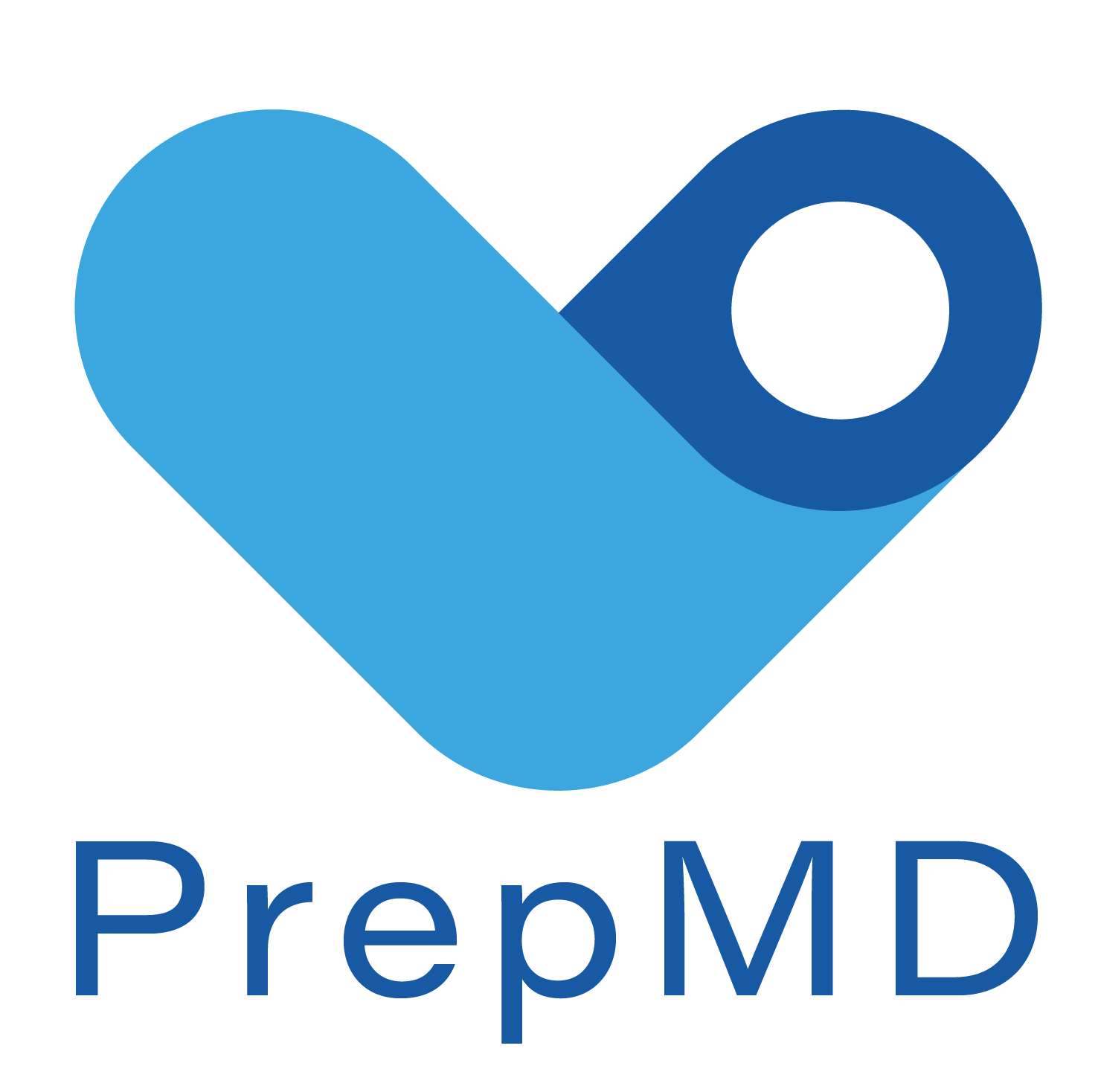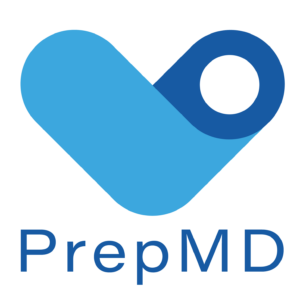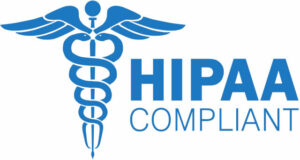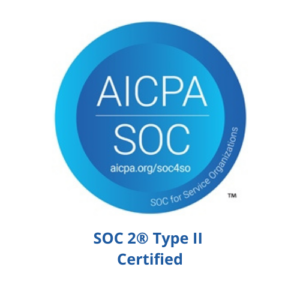A third-party software system for CIED (Cardiac Implantable Electronic Device) devices refers to a software platform or application developed by a company other than the device manufacturer. It is designed to centralize and streamline the management and monitoring of patients with implanted cardiac devices.
The following entities may benefit from using a third-party system for CIED devices:
- Cardiac clinics: Clinics that implant and manage CIED devices for a large patient population across multiple device manufacturers can use a third-party system to consolidate data from different vendor websites into a single platform. This centralization simplifies the monitoring process and improves efficiency.
- Hospitals and healthcare systems: Institutions that have multiple clinics or departments managing CIED devices can benefit from a third-party system to standardize data management, integrate with their electronic health record (EHR) systems, and enhance interoperability across different facilities. The Heart Rhythm Society (HRS) Interoperability Working Group is currently working with industry to try to standardize these vendor sites.
- Outsourced monitoring services: Some small or growing practices may choose to outsource their remote monitoring services to third-party companies specializing in CIED device management. These companies utilize third-party software systems to efficiently handle the increasing patient population without the need for additional staffing.
When choosing a third-party system for CIED devices, several primary considerations should be taken into account:
- Integration capabilities: The system should be capable of integrating with different device manufacturers’ platforms and EHR systems. It should provide bidirectional data sharing between the third-party system and the EHR, allowing seamless transfer of patient reports and data.
- Usability and workflow efficiency: The software should offer a user-friendly interface and a logical, streamlined workflow tailored to the needs of clinicians managing CIED devices. It should minimize the time and effort required to navigate between different vendor websites and enable quick access to actionable alerts.
- Security and privacy: Data security is of paramount importance when dealing with patient information. The third-party system should have robust security measures in place, such as multifactor authentication and regular audits (e.g., SOC 2 Type II) to ensure patient data privacy and protection.
- Cloud-based infrastructure: A cloud-based system offers advantages such as scalability, accessibility from any location, and regular updates and innovations. It allows for real-time data transmission and enables the vendor to continuously improve the software based on customer feedback.
- Quality of service and support: The third-party system should be backed by a reputable company that provides high-quality customer service and technical support. This ensures that clinics have access to timely assistance when needed.
- Staff training and competency: The software should provide adequate training and resources to support staff in understanding and interpreting clinical data from CIED devices. This may include built-in training modules, anatomical models, and resources for ECG interpretation and rhythm analysis.
- Customization options: The system should allow clinics to customize certain aspects according to their preferences and workflows. This may include report templates, data presentation formats, and the ability to add or remove reviewers as needed.
Ultimately, the decision to adopt a third-party software system for CIED devices depends on factors such as the size of the clinic, the number of device manufacturers used, the need for centralized data management, and the clinic’s long-term growth plans. Consulting with experts in the field and evaluating different software options can help clinics make an informed choice.
If you need help with the many questions that arise when determining if and when to use a third-party software system for your cardiac device clinic, contact the PrepMD Clinic Solutions Team to learn more.







